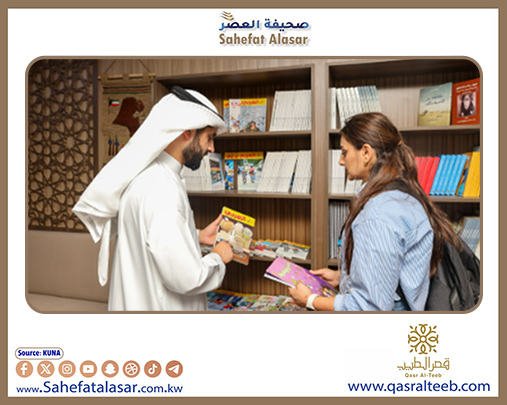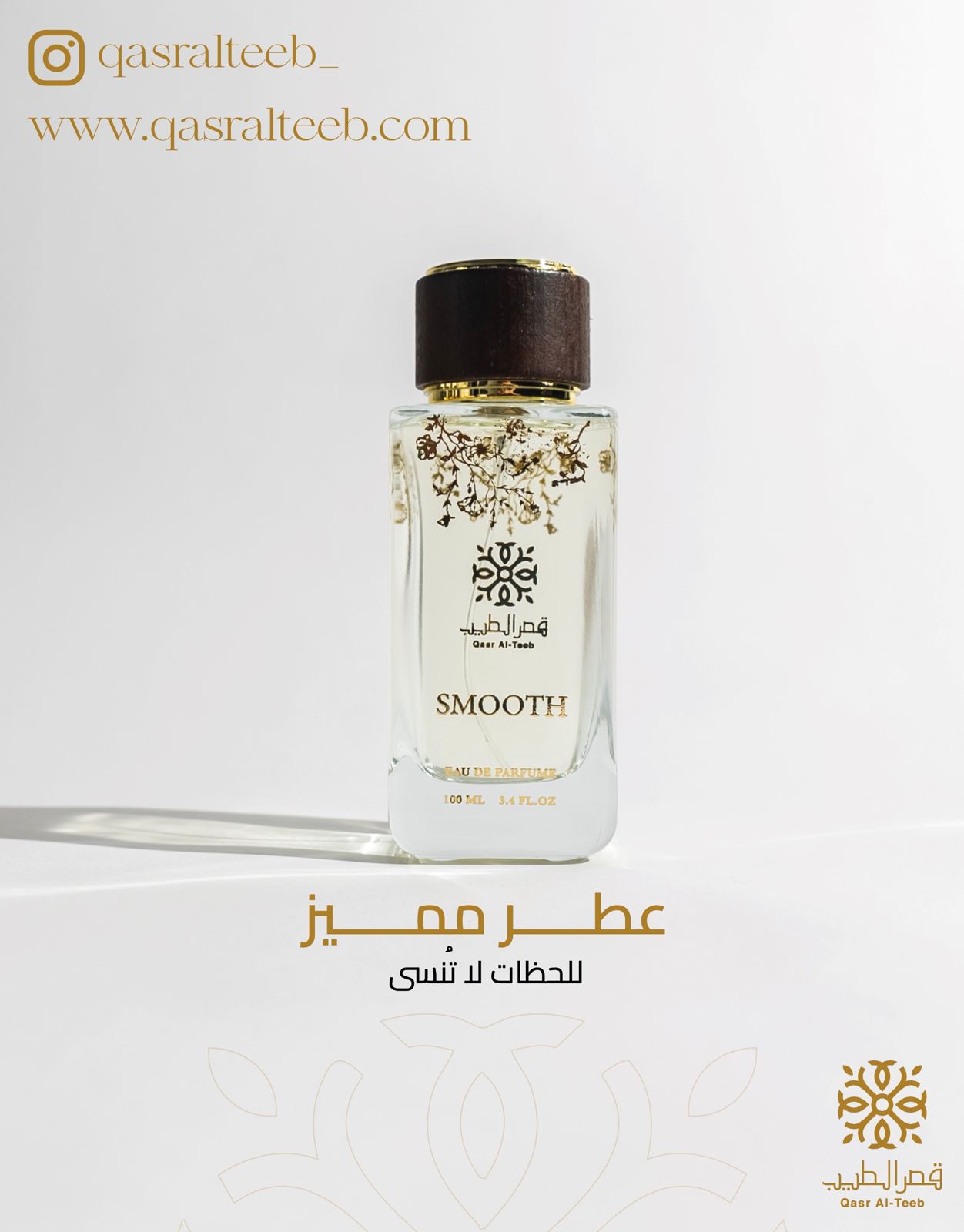


The Kuwaiti pavilion at the Embassy Exhibition, held as part of the 39th Jerash Festival for Culture and Arts in Jordan, embodies the rich diversity of Kuwaiti culture and its deep-rooted national heritage. It offers visitors an interactive experience of traditional Kuwaiti crafts and professions.
The Kuwaiti pavilion in the historic Jordanian city features a wide array of literary and intellectual works, including diverse titles from Kuwaiti and Arab culture, such as the magazines World of Thought, World of Knowledge, Al-Arabi, and Al-Arabi Al-Sagheer (Little Al-Arabi).
Additionally, the pavilion provides a live experience of traditional handicrafts, particularly the crafts of dhow shipbuilding and the Bisht—a well-known traditional cloak. It also recreates the authentic atmosphere of the Diwaniya, a deeply rooted social and cultural tradition in Kuwaiti society.
During her visit to the exhibition, KUNA met with Dalal Al-Fadhli, Director of the Cultural Affairs Department at the National Council for Culture, Arts, and Letters (NCCAL), who stated that the council’s participation aims to highlight the most important Kuwaiti cultural publications, which are considered a "fundamental pillar" of Kuwait’s cultural scene.
Al-Fadhli added that the Kuwaiti pavilion offers a live experience of the Kuwaiti Diwaniya, reflecting the authentic social and cultural character of Kuwait, while also introducing visitors to traditional Kuwaiti crafts such as dhow-making and Bisht-weaving.
She noted that the pavilion has attracted significant interest from festival attendees, who immerse themselves in a full experience with artisans, visiting the Kuwaiti Diwaniya and sampling traditional cuisine, in addition to the free intellectual publications provided by the pavilion.
Al-Fadhli expressed her gratitude to the Hashemite Kingdom of Jordan for organizing the festival, which is one of the most prominent cultural festivals in the Arab world, praising the efforts of the Embassy Exhibition’s organizers in ensuring its success and facilitating procedures for participants.
Moreover, the Kuwaiti pavilion features a live demonstration by Hussein Al-Bazaz, head of the Kuwaiti Artisans Association, showcasing traditional shipbuilding crafts and a brief overview of the history of Kuwait’s most famous ships, the Boom, which hold a significant place in Kuwait’s history.
Al-Bazaz told KUNA that these crafts are an integral part of Kuwait’s heritage, reflecting a rich history and deep culture, noting that the ship models he crafts are a profession passed down from his ancestors.
Similarly, Suleiman Al-Suleiman, who conducts a workshop on the traditional craft of Bisht-making, told KUNA that he is the third generation in his family to inherit this profession.
Despite his academic career, Al-Suleiman said his passion for this traditional craft, passed down through his family for many years, remains strong. He noted that visitors to the Kuwaiti pavilion admired the handmade craftsmanship of the Kuwaiti Bisht, the raw materials used, and how this craft has evolved.
Jordan’s Minister of Culture, Mustafa Al-Rawashdeh, inaugurated the Embassy Exhibition last Thursday as part of the 39th Jerash Festival, attended by Abdulrahman Al-Mutairi, representing Kuwait’s Minister of Information and Culture and Minister of State for Youth Affairs, Dr. Muhammad Al-Jassar, Secretary-General of NCCAL, and Hamad Al-Marri, Kuwait’s Ambassador to Jordan.
